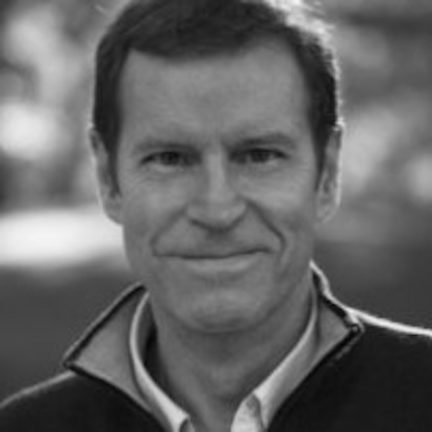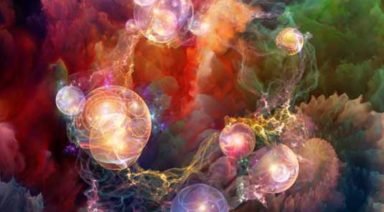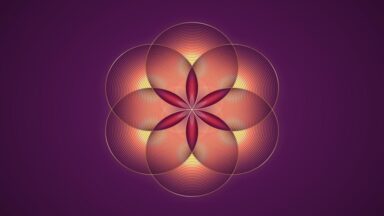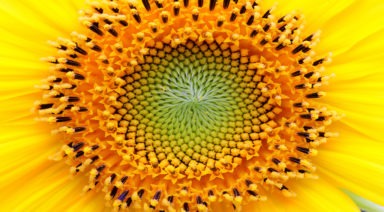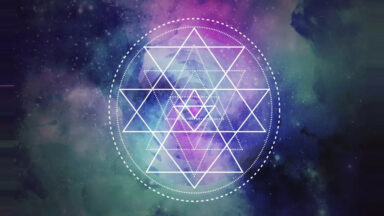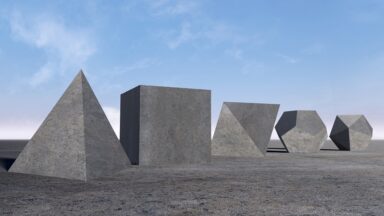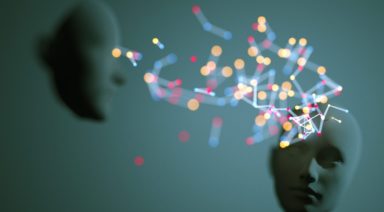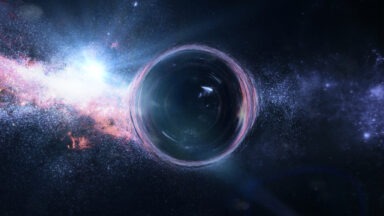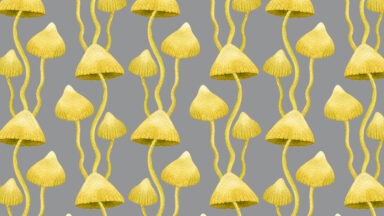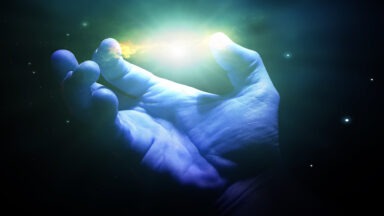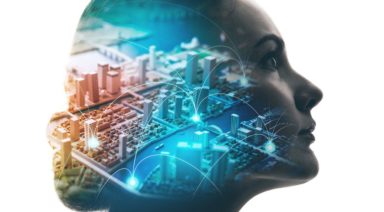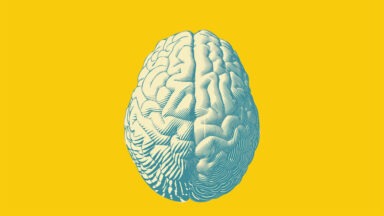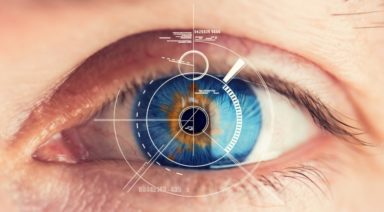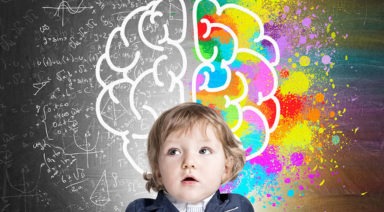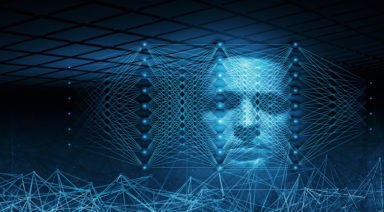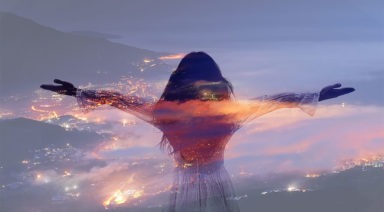Part One: It’s Hard to Realize Global Consciousness, All By Yourself

Have you ever wondered about “global consciousness” — whether or not it’s real…whether or not it’s alive? Well, you’re not alone. You’re casting your query into a field of imagination that’s simultaneously being occupied by millions of other people’s minds. In that respect, your mind, and all of those other minds, are essentially behaving like one mind. So then we ask ourselves this: Is that ‘one mind’ the product of every different individual’s brain acting the same way, or is it truly the same thought arising simultaneously from a single source? Is this a question that everyone has about global consciousness independently, or one that the Earth itself is posing through us? The answers may surprise you.
Are you a truth seeker? Start your journey now.
The most direct and personal realities of global consciousness may be the most obvious. Just thinking. Just being. We all think pretty much the same thoughts, and feel pretty much the same feelings. We’re all expressing a conscious intelligence that has either arisen through this layer of life on Earth, and comes through us, or that exists everywhere we can see (and everywhere we can’t), and we somehow access.
Where Does Global Consciousness Come From?
As far as humankind has come so far (and as far as it goes), there really is no beginning to the idea of global consciousness, nor will there be any end to it. Ironically, the ‘smarter’ we become as a species, the more detached we may have become from the intuitive intelligence that’s alive in our greater shared consciousness — particularly when it comes to the arising crises we face in sustaining life, as we know it, on this planet. Perhaps it’s time we began thinking– as one–about it.
“The Earth, its life, am I…
The Earth, its body is my body…
The Earth, its thoughts are my thoughts…
The Earth, its speech is my speech.”
From a Navajo chant
While our indigenous predecessors have always had an inherent understanding of a benevolent, shared source and intelligence alive in the world (as with “The Great Spirit”), it seems modern thought has had to take the long way around. From the postulations of the Greeks and their mythological goddess of the Earth, Gaia, the child of [the] Aether (and provider of our hosts origins), to the spiritually-tinged rationalism of Immanuel Kant’s “Transcendental Idealism,” or Émile Durkheim’s sociological “collective consciousness,” all the way to the scientific concept of Gaia as promoted by Buckminster Fuller (and popularized by Stewart Brand in The Whole Earth Catalog), and hypothesized by the chemist James Lovelock (back in 1970) — where the earth is a dynamic, self-regulating entity that must serve as the source of our proper inspiration and purpose — the course of modern thought has been leading us back to the informed mysticism of our native forefathers. Now, it would seem, all the Earth needed was a face.
The Godfather of Global Consciousness
The twentieth-century French paleontologist, philosopher, and Jesuit priest, Pierre Teilhard de Chardin, was so far ahead of his time in his understanding of the profound interconnectedness of the world to all of its geological, biological, anthropological, and theological (psycho-spiritual) parts, that the Catholic Church, profoundly disturbed by his radical departures from church dogma, wouldn’t allow the publication of most of his books until after his death in 1955.
Teilhard proposed that following the creation of the geosphere of inanimate matter, and the biosphere of budding, blooming, swimming, crawling, reproducing life that, evolutionarily, what he called the “noosphere” — a layer, or field, of conscious human intelligence — had developed on the surface of the Earth, composed not only of the evolutionary intelligence of human beings, but also of our spiritual potential, as would be demonstrated by our ever-expanding, emergent capacity for simultaneous global consciousness.
“Each of us is…linked by all the material, organic, and psychic strands of his being to all that surrounds him….By means of all created things, without exception, the divine assails us, penetrates us, and molds us. We imagined it as distant and inaccessible, when in fact we live steeped in its burning layers.”
Teilhard de Chardin
By what appears counterintuitive, he first realized a kind of cognitive identity of this conscious layer of the planet through his geological fascination with rocks, and then, as a paleontologist, seeing people as an expression of this intelligence of the Earth, and finally stating that “the Earth has the face of a cosmic person.” He went on to suggest that eventually, we would reach a singularity of global consciousness that he called “The Omega Point.” In this way, he may have simply been circling back to the philosophies of our indigenous ancestors, as well as other ancient voices of wisdom.
Panpsychism, The Vedas, and “The Quantum Field”
This concept of what’s called panpsychism — the idea that consciousness exists everywhere and in everything — has gotten more and more support (even from the scientific community) as our capacity for observation has increased. Looking to outer space, what had at first been thought to be more stars were discovered to actually be more galaxies. Looking to inner space, as we explore into the nature of subatomic matter, we also find that into whatever extremely tiny corner consciousness can shine its light, there is always more matter to discover. It’s as though consciousness energizes and animates the material at every level of observation we can muster (as in quantum physics). It’s as though consciousness occupies space, and supplies the actual life within all matter.
“Wherefrom do all these worlds come? They come from space. All beings arise in space, and into space they return: space is their beginning…and their end.”
The Chandogya Upanishad 1.9.1
The most reliable and comprehensive description of the nature and role of “cosmic consciousness” in our apparent reality, as well as being remarkably accurate precursors to the principles of quantum physics, are the Hindu Vedic texts, such as the Upanishads and the Bhagavad Gita (spoken from the fourth millennium BCE, written from the first millennium BCE, roughly). They describe Brahmin (God) as infinite being and consciousness, and the source and essence of the manifestations of purusha, which is spirit, and prakriti, which is matter, in all its ever-changing forms. Everything, animate and inanimate, is Brahmin, which also manifests as Hiranyagarbha — the “world soul.”
“In all the world, there is no…framework…in which we can find consciousness in the plural…we construct [this] because of the temporal plurality of individuals, but it is false…The only solution to this conflict…lies in the ancient wisdom of the Upanishad.”
Erwin Schrödinger
The world of inner space was so well-described by these ancient texts, that the fathers of modern quantum physics, Niels Bohr, Erwin Schrödinger, Max Planck, and Werner Heisenberg were all huge fans of the Vedic scripture, including the Upanishads and the Bhagavad Gita. In the Vedas, they found not only a clear understanding of the magical realities that their new discoveries revealed, but also the earliest answers to what’s called “The Hard Problem” of quantum physics, that is, how does consciousness inhabit inanimate matter? How does anything, including the Earth and all of its occupants, become alive?
Join me in Part Two, as we take a quantum look at how the miracle of consciousness inhabits and energizes every aspect of our reality, from the actual, measurable evidence of the global mind, to the crazy mechanisms that just may make it all possible; and on to what it means–and can mean to each and every one of us–as we realize our instantaneous connections to the incredible, intelligent source of everything.
Did You Psychically Inherit Society's Learned Behavior?

The scientific community is often very rigid in its process and not always open to radical ideas. Rightfully so, that is the nature of science – strict scrutiny and skepticism. But what if it is limiting itself in this approach, in the sense that it has taken on some of the same parochial propensities of religion? Science is supposedly the antithesis of religion and meant to question everything with the goal of new discovery. While it is necessary to maintain skepticism to prevent charlatans from diluting the scientific process, there should be a certain level of tolerance for new ideas.
Rupert Sheldrake is one of those scientists that his community has largely shunned as a heretic. Despite studying at Harvard and graduating from Cambridge with a Ph.D. in biochemistry, the scientific community has dismissed his radical ideas as nonsensical and blasphemous. Sheldrake admittedly started his career in science as an atheist, but eventually had an epiphany about our consciousness that changed his outlook.
Sheldrake has proposed an idea he calls, morphic resonance. Essentially, the idea is that there is a collective consciousness within species that can impact disparate groups of organisms without them having to come into contact with each other. A sort of telepathic connectedness that can influence behavior and can be passed down through immediate generations.
Lamarckian Inheritance
The idea of learned behavior being inherited, or Lamarckian Inheritance, has been shown to be a pretty promising theory, if not proven. Although unsurprisingly, the scientific community doesn’t all agree on this. Regardless, this idea is fundamental in Sheldrake’s theory.
The evidence comes from a study in the 1920s, where rats were tested by being placed in a water maze they had to escape from. The rats were electrically shocked when they chose one of two exits deemed to be the wrong exit. They eventually learned which exit was the correct one over a trial of several hundred tests. As they got better, their offspring were tested, and immediately showed quicker rates of improvement compared to their parents.
This was evidence of Lamarckian Inheritance, the learned behavior of the parent rat was passed on to their progeny. What was more astonishing, according to Sheldrake, was that when these experiments were conducted in labs in other countries and on the other side of the world, rats that had no contact with the original study, essentially picked up where the improved rats left off.

